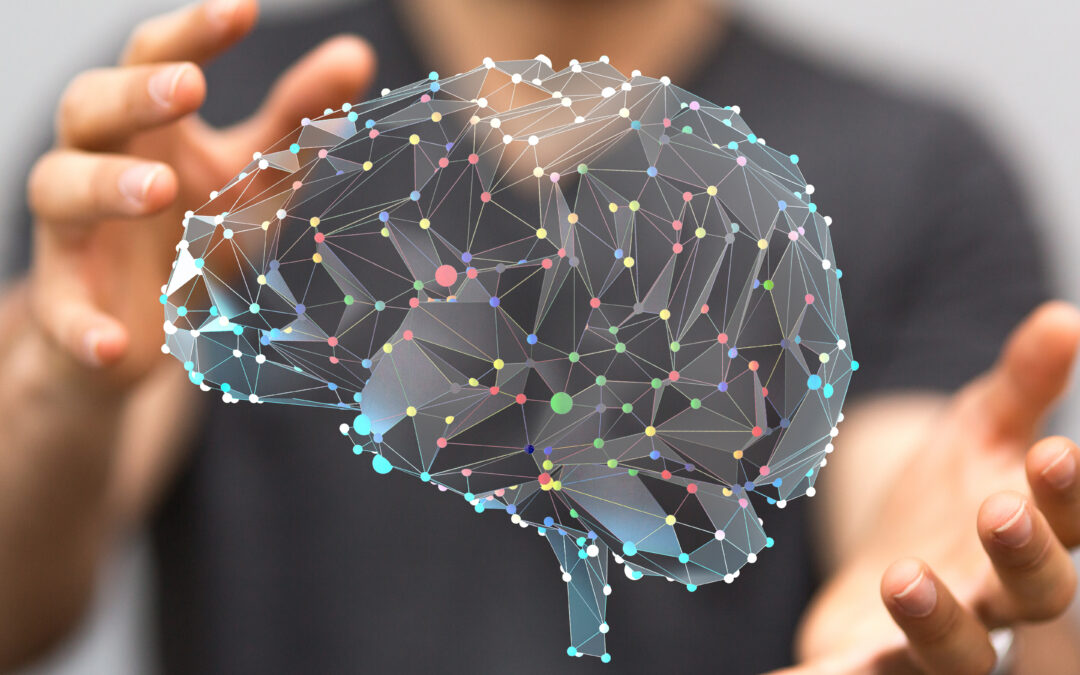In the near future, a quick brain scan could become part of a depression screening assessment to identify the most effective treatment. A new study by Stanford Medicine researchers, published on June 17 in Nature Medicine, demonstrates that brain imaging combined with machine learning can reveal subtypes of depression and anxiety. The study categorizes depression into six biological subtypes, or “biotypes,” and identifies treatments that are more or less effective for three of these subtypes.
Leanne Williams, PhD, the study’s senior author, emphasized the urgent need for better methods to match patients with effective treatments. Williams, the Vincent V.C. Woo Professor and director of Stanford Medicine’s Center for Precision Mental Health and Wellness, has focused her career on pioneering precision psychiatry, especially after losing her partner to depression in 2015.
Approximately 30% of people with depression suffer from treatment-resistant depression, meaning various medications or therapies fail to alleviate their symptoms. Additionally, up to two-thirds of people with depression do not achieve full remission with standard treatments. This is partly because there is no reliable way to predict which antidepressant or therapy will work for a specific patient, leading to a trial-and-error approach that can take months or even years.
Williams stated, “The goal of our work is figuring out how we can get it right the first time,” highlighting the frustration with the current one-size-fits-all treatment model.
To explore the biological basis of depression and anxiety, Williams and her colleagues used functional MRI (fMRI) to measure brain activity in 801 participants diagnosed with these conditions. The researchers analyzed brain activity at rest and during tasks testing cognitive and emotional functions, focusing on regions known to be involved in depression. Using machine learning cluster analysis, they identified six distinct brain activity patterns.
In their study, 250 participants were randomly assigned to receive one of three antidepressants or behavioral talk therapy. The findings showed that certain subtypes responded better to specific treatments. For instance, those with overactivity in cognitive brain regions responded best to the antidepressant venlafaxine (Effexor). Participants with higher activity levels in regions associated with depression and problem-solving saw greater improvement with behavioral therapy. Conversely, those with lower activity in attention-related brain circuits were less likely to benefit from talk therapy.
These patterns align with existing knowledge about brain regions involved in depression, said co-author Jun Ma, MD, PhD, of the University of Illinois Chicago. Ma suggested that pharmaceutical treatments addressing specific brain activity levels could enhance the effectiveness of talk therapy.
Williams remarked, “To our knowledge, this is the first time we’ve been able to demonstrate that depression can be explained by different disruptions to the functioning of the brain.” This research represents a personalized medicine approach to mental health based on objective brain function measures.
In another study, Williams and her team showed that fMRI brain imaging improves the prediction of antidepressant treatment response. They focused on the cognitive biotype of depression, which affects over a quarter of those with depression and is less responsive to standard treatments. Using fMRI, they predicted remission likelihood with 63% accuracy, compared to 36% without imaging. This increased accuracy can help providers choose the right treatment sooner.
Further analysis revealed that different biotypes correlate with varying symptoms and task performance. For example, those with overactive cognitive regions experienced higher levels of anhedonia and performed poorly on executive function tasks. Another biotype, which responded well to talk therapy, also had errors in executive function tasks but excelled in cognitive tasks.
One biotype showed no significant brain activity differences compared to people without depression, suggesting undiscovered aspects of brain biology in this disorder. Williams and her team are expanding their study to include more participants and test a wider range of treatments, including non-traditional medications for depression.
Her colleague Laura Hack, MD, PhD, is already using the imaging technique in clinical practice at Stanford Medicine. The team aims to establish standardized protocols for broader use among psychiatrists.
“To really move the field toward precision psychiatry, we need to identify treatments most likely to be effective for patients and get them on that treatment as soon as possible,” Ma said. The study’s validated brain function signatures could significantly inform more precise treatments and prescriptions.
Researchers from Columbia University, Yale University School of Medicine, UCLA, UC San Francisco, the University of Sydney, the University of Texas MD Anderson, and the University of Illinois Chicago also contributed to the study.
Source: Stanford
